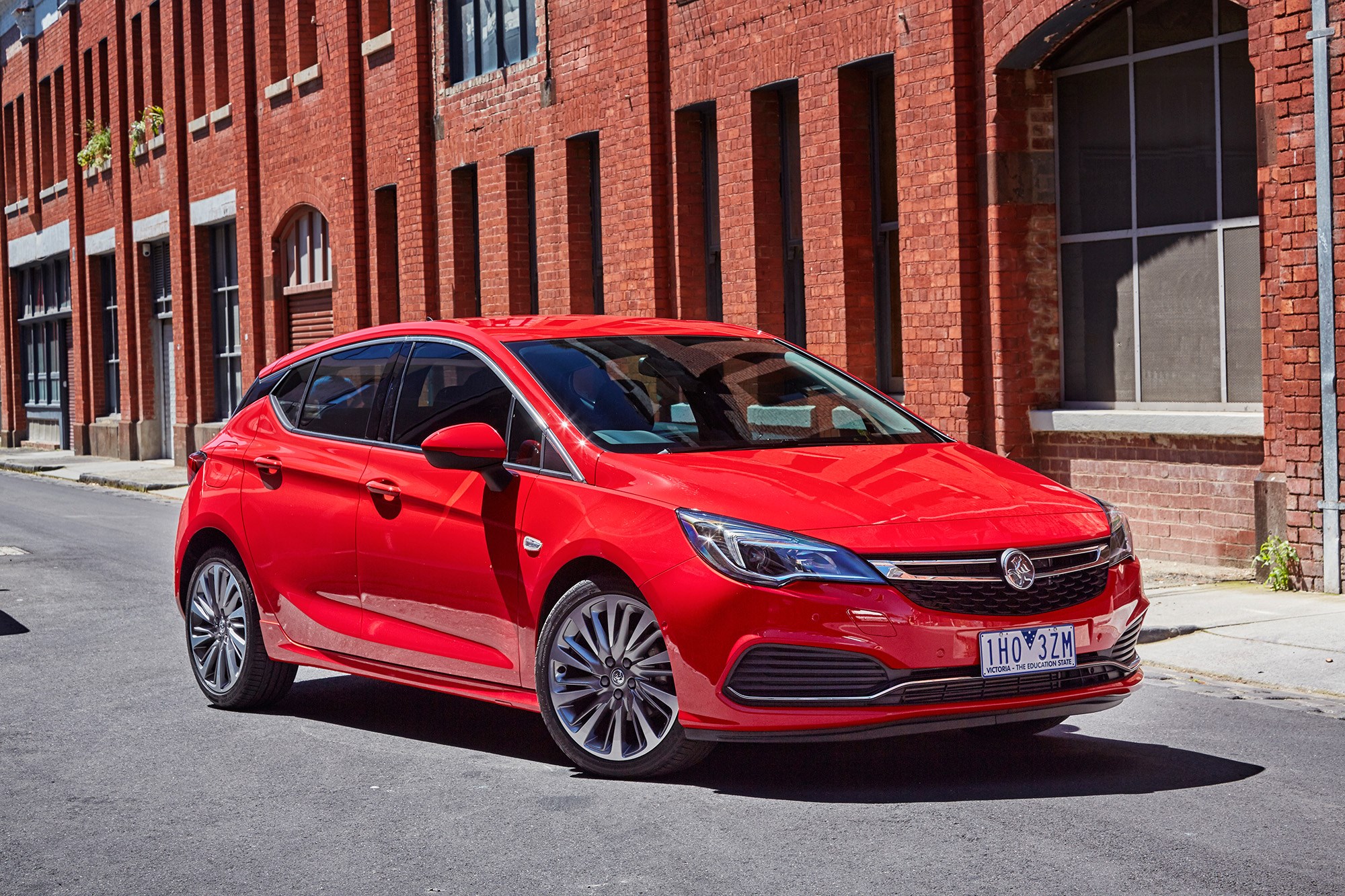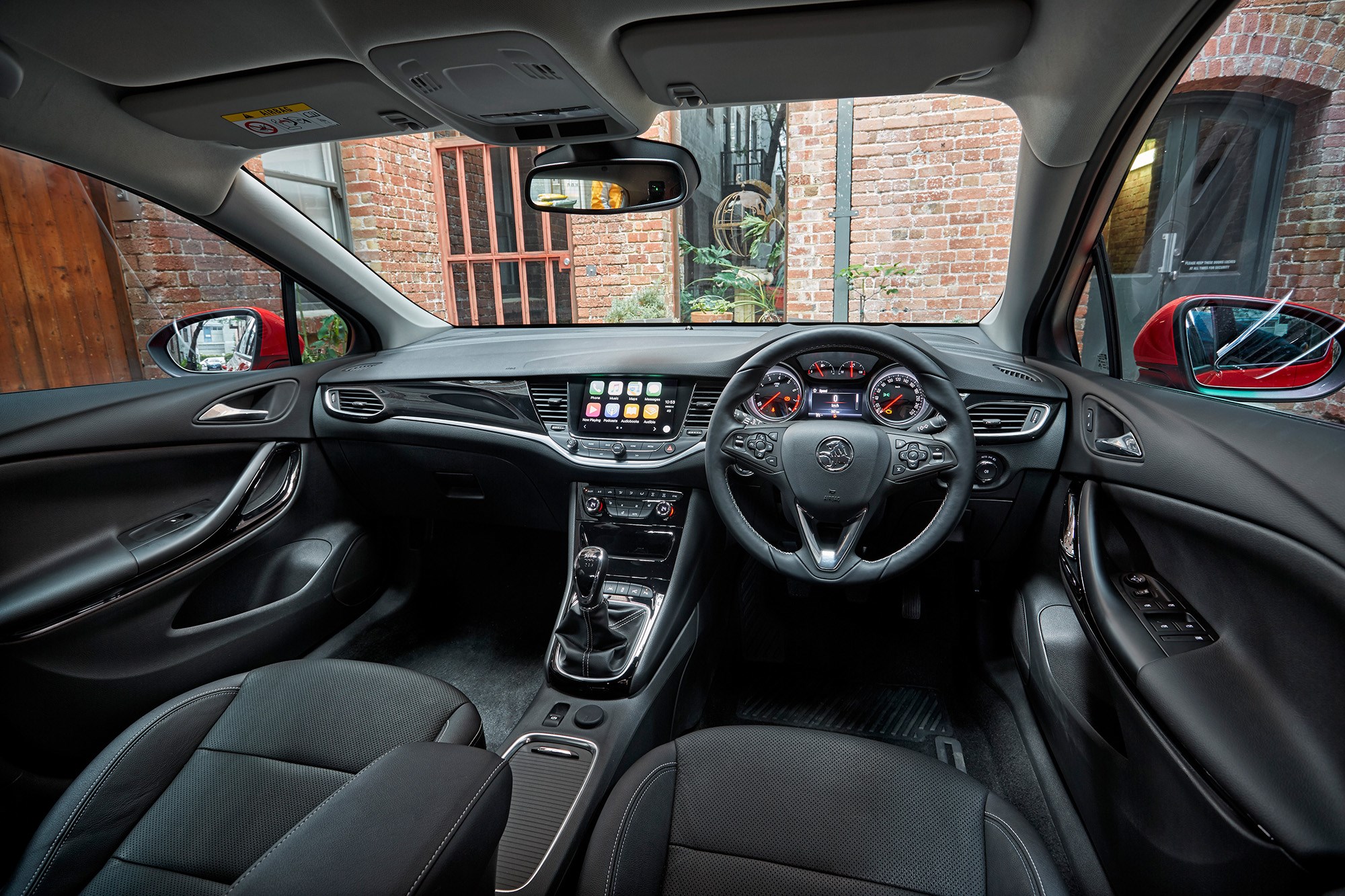Kiwis are in for a treat when the European Car Of The Year arrives here
Holden New Zealand is hoping its all-new Astra hatchback will emulate the five-door's success in Europe when it goes on sale here early next year.
The Astra was launched in the Northern Hemisphere a year ago and was named 2016 European Car of the Year.
It fought off the Volvo XC-90, BMW 7 Series, Audi A4, Jaguar XE, Mazda MX-5 and Skoda Superb to win the title.
Holden NZ will be hoping that the Astra receives such fanfare here, especially as the company goes through a major overhaul with the demise of Australian manufacturing next year. Instead it is building its line-up with products from its Opel and General Motors parent companies.
By 2020, Holden NZ will have a line-up of 24 new vehicles, with the company recently announcing that the Aussie-built Commodore will be replaced with the Europe-designed Insignia large sedan.
It has already revealed the facelift Colorado with the Captiva 7 replacement, Trailblazer, on sale now.
On December 1, Holden NZ will be launching the facelift Trax small SUV and the small Barina hatchback before welcoming the Astra then the Commodore-badges Insignia next year.
Although the European designed, engineered and built Astra comes in a wide array of models and specifications globally, Holden NZ will be announcing our line-up and price range on November 29 with the vehicle on sale here in February, though expect the price to start from the early $30,000.
What we do know is that we'll be getting the 1.4- and 1.6-litre petrol version of Astra with a base model R, stepping up to the RS and then the specced up RS-V.
The first "Astra" was the Opel Kadett, which was launched in 1936, and the German hatchback was rebadged Astra in 1991 with a total of 24 million sold.

The all-new Astra's length is reduced by 50mm and the height is 25mm less while instead there is an increase in rear legroom by 35mm and the driver has 22mm more headroom. It has also "lost" 160kg from the previous model.
In New Zealand, the five-door hatch will debut with a range of three new trim levels, consisting of an entry R specification, a more powerful and tech-laden RS and a range-topping RS-V.
The R gets the 1.4-litre Ecotec Turbo with a choice of six-speed manual or auto transmissions (110kW/240Nm on auto, 245Nm with manual), or a more powerful 1.6-litre Ecotec Turbo available on Astra RS and Astra RS-V, delivering 147kW/300Nm.
But Holden New Zealand's managing director, Kristian Aquilina, said the percentage of manuals sold here would be small.
The R sits on 17-inch alloys and gets rear park assist and rear camera as standard, plus the new version of MyLink that includes Apple CarPlay and Android Auto, while customers can add such features as lane keep assist and city stop.
The RS model gains over the entry model such features as advanced park assist (to help parallel park), plus city stop, lane keep assist, forward collision alert and front park assist.
The top spec RS-V will sit on 18-inch alloys plus have a satellite navigation system, heated leather seats and remote engine start while adaptive cruise control can be added.
At the global launch last year, the Opel-badged Astras on the test drive in Slovakia came with the Europe-specific technology such as OnStar connectivity and service assistance that you can call from inside your vehicle and get help with such features as direction.
The Opel spec also had Wi-Fi available in the car with seven devices connected to it plus Opel Eye -- a front camera with operates traffic sign assist (detecting the speed and displaying it in your dash).
Whereas we won't get that technology, we will get the Opel IntelliLux LED matrix headlights.
The matrix-style headlights are found in such vehicles as the Audi A8 and TT, plus Mercedes-Benz's E-Class, but the Astra is its first non-premium hatch.

It works impressively, as demonstrated during a night-time drive out of Slovakia's capital, Bratislava, to a modern private art gallery, Danubiana, 20km away; and then again on a night drive to the outskirts of Canberra during the Australian launch.
If you keep the lights on full beam, they automatically deactivate some of the LED headlights so the car coming towards you doesn't get your full glare.
They also pick up road signs and illuminate so much that it's like 10 spotlights hitting the sign. The matrix lights also illuminate more the side of the road than normal lights, which is ideal for roads with little to no lighting.
The headlights continuously adapt to your drive to provide optimal lighting without disturbing other vehicles.
Due to high demand for the these lights in Europe, only a few of the initial New Zealand-bound RS-V Astras will get the optional matrix system, but once supply eases up, you can expect a few more Kiwis to tick that option.
The Astra replaces the Cruze hatchback, which is currently on run-out in dealerships, though there is no word on whether there will be an Astra sedan to replace the popular Cruze version.
The Astra five-door hatch makes up 15 to 20 per cent of Holden NZ's sales. According to Aguillina, interest has been building since Driven reported on the global launch of the Astra in Slovakia in October.
Attending the recent Australian launch was GM Europe's chief interior designer and the man behind the look of the Astra, Kurt Beyer.
The direct competitors of the Astra are the Mazda3, Volkswagen Golf and Ford Focus, but design-wise the Astra will compete also with the Peugeot 308 and even base-model BMW 2 Series and Mercedes-Benz A-Class.
Beyer said the company not only took into account customer feedback on the previous model Astra but also inspiration from GM's global design studios.
He said the new Astra was "small and very agile" and that interior had to be "as big as possible".
"The front of the Astra is proud, bold and very dynamic ... and there are graphic elements to make the exterior look bigger," he said.
Beyer's passion, the interior, was upscale with "premium materials" and the company took into account customer comments that the previous model's central console "had too many buttons".
Instead the new Astra has cleaner lines, and yes, fewer buttons.
Also assisting with the new Astra was GM Holden's team in Melbourne, with the hatchback's steering calibrated for Australasian conditions. That including testing in New Zealand, with the vehicle tuned to suit our rougher bitumen. The result is a more responsive feel to the car, and tighter handling.
















